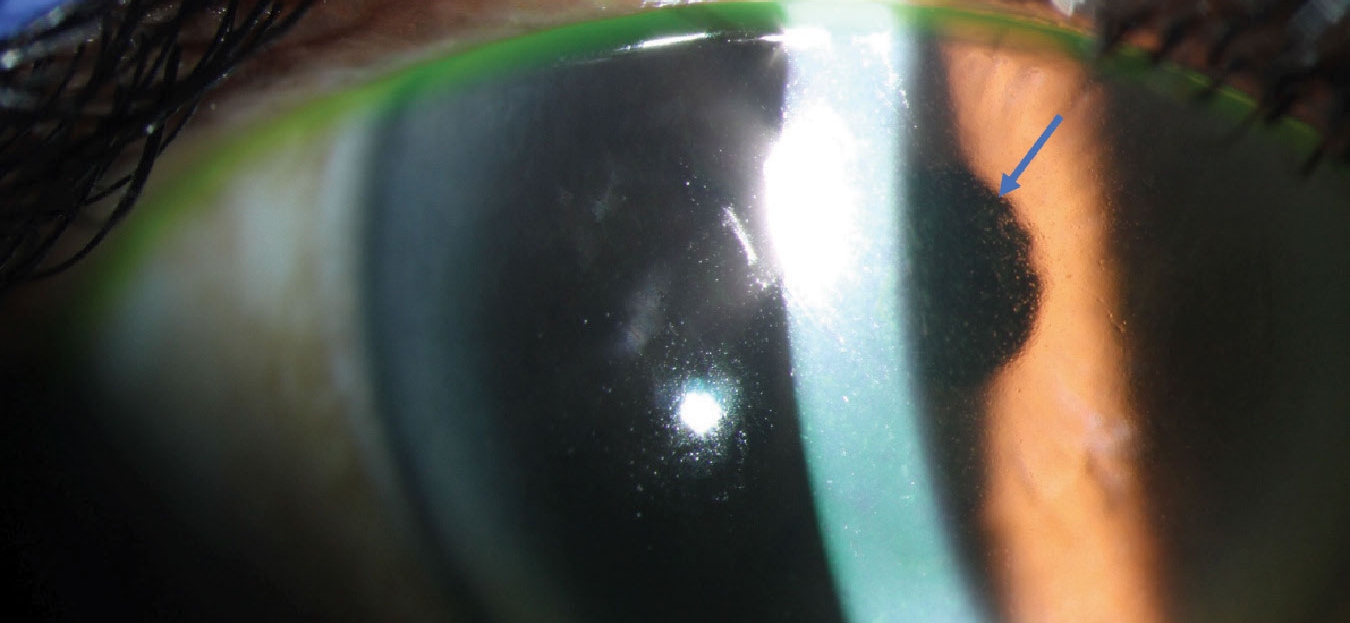The Growing Concern of Ocular Toxicity with Antibody-Drug Conjugates (ADCs)
Antibody-drug conjugates (ADCs) are hailed as a groundbreaking advancement in targeted cancer therapy. By combining monoclonal antibodies with chemotherapy agents, ADCs aim to deliver potent treatment directly to cancer cells while sparing healthy tissue. However, recent research and clinical trials have highlighted a concerning off-target effect—ocular toxicity—that impacts patients’ quality of life.
What Are ADCs?
ADCs are designed to target specific antigens overexpressed on cancer cells. By linking a monoclonal antibody to a toxic chemotherapy payload, they aim to maximise efficacy against tumors while minimising systemic side effects. However, the targeting is not always absolute, leading to unexpected toxicities, including significant eye-related side effects.
Ocular Toxicity in ADC Therapy
Recent trials, such as the TULIP trial for trastuzumab duocarmazine (T-Duo) in HER2-positive breast cancer, have revealed alarming ocular toxicity rates. Among 437 patients:
- 78% experienced treatment-emergent ocular toxicities in the ADC group compared to 29.2% in the control group.
- Grade 3 or higher ocular toxicity events affected 21% of ADC-treated patients.
Other ADCs linked to ocular toxicities include:
- Belantamab mafodotin (Blenrep): Causes keratopathy in patients with relapsed or refractory multiple myeloma.
- Tisotumab vedotin (Tivdak): Leads to corneal and conjunctival changes in cervical cancer patients.
- Mirvetuximab soravtansine (Elahere): Associated with keratopathy, blurred vision, and dry eyes in ovarian cancer treatments.
Why Does Ocular Toxicity Occur?
Dr. Kathy D. Miller, oncology expert at Indiana University, explains that ADC targeting is relative, not absolute. Factors contributing to ocular toxicity include:
- Antigen Presence: Target antigens may exist on healthy tissues, including ocular structures.
- Linker Instability: If the linker between the antibody and chemotherapy agent breaks prematurely, the toxic payload can affect non-cancerous tissues.
- Drug Metabolism: Active metabolites from ADCs may circulate systemically, causing unintended side effects.
Symptoms and Impact on Quality of Life
Ocular toxicities can range from mild discomfort to severe vision impairment, including:
- Corneal damage
- Blurry vision
- Dry eyes
- Light sensitivity
Patients often report that these side effects disrupt their daily lives. Unlike other toxicities, ocular complications persist throughout waking hours, severely impacting their comfort and emotional well-being.
Mitigating Ocular Toxicity
Preventive measures include:
- Steroid Eye Drops: Used for some ADCs like tisotumab and mirvetuximab to reduce inflammation.
- Vasoconstrictor Eye Drops: Administered immediately before treatment to minimise blood flow to ocular tissues.
- Cooling Masks: Reduce blood supply to the ocular region during infusion.
- Longer Infusion Times: Spread out doses to lessen the impact on ocular tissues.
For severe cases, dose adjustments or treatment discontinuation may be required, potentially affecting the patient’s cancer management.
A Call for Collaboration
Oncologists and ophthalmologists must work together to address this emerging challenge. Experts emphasise the importance of:
- Multispecialty Management: Developing shared protocols to detect, monitor, and manage ocular toxicities effectively.
- Raising Awareness: Oncologists must consider potential eye-related complications and build partnerships with local ophthalmologists.
- Tailored Approaches: Toxicity considerations should differ for metastatic settings versus curative scenarios.
Balancing Efficacy and Toxicity
Dr. Miller underscores that patients prioritise treatment efficacy above all else, particularly in metastatic cancer settings. However, for early-stage cancer patients, ocular toxicities may become a prohibitive factor when considering ADCs for adjuvant or neoadjuvant treatments.
Conclusion
The advent of ADCs has revolutionised oncology, offering targeted therapies with fewer systemic toxicities. However, the rise in ocular side effects underscores the need for vigilance, collaboration, and patient-specific management plans. By addressing these challenges head-on, oncologists and ophthalmologists can optimise treatment outcomes while preserving patients’ quality of life.





